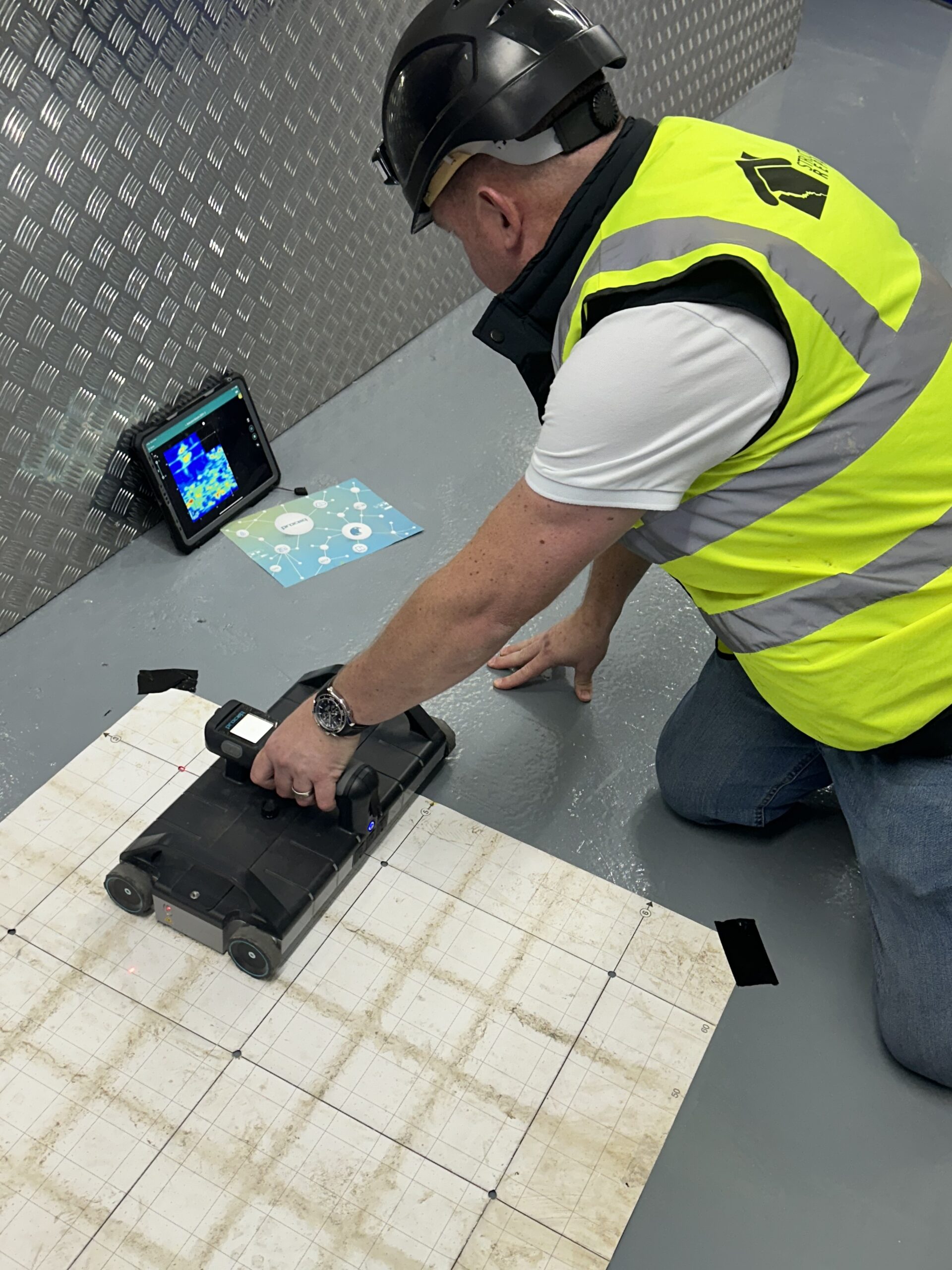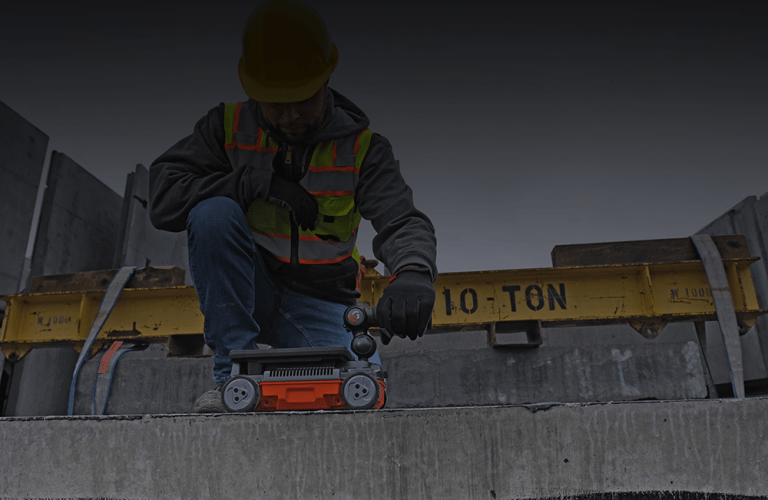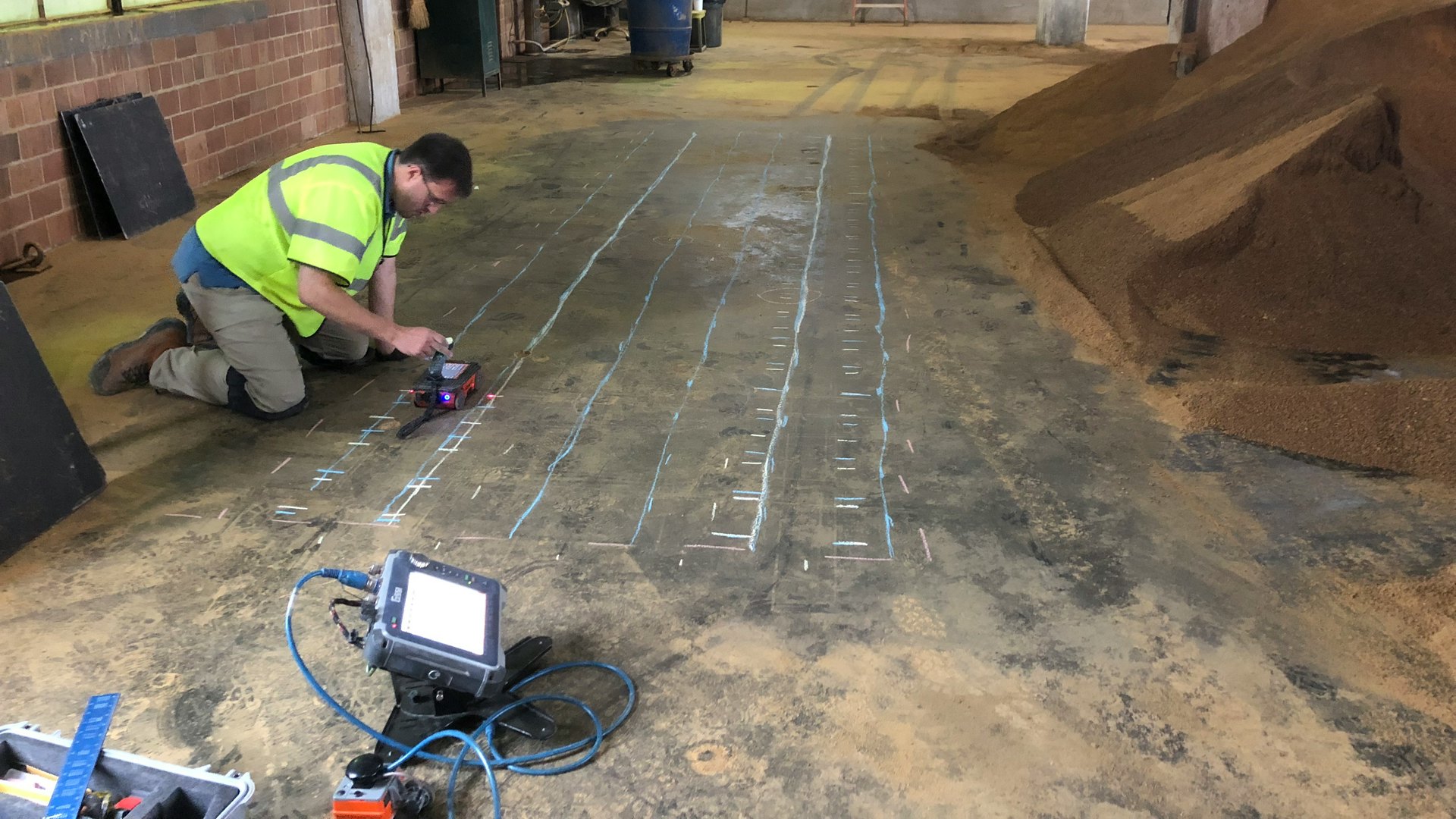Discover RainierGPR Service Areas for Trusted Concrete Scanning Solutions
Discover RainierGPR Service Areas for Trusted Concrete Scanning Solutions
Blog Article
Concrete Scanning: A Critical Step Towards Ensuring Architectural Stability and Safety
In the realm of building and construction and facilities upkeep, the relevance of concrete scanning can not be overstated. By utilizing advanced modern technology and approaches, concrete scanning offers as a critical device in making sure that the stability and safety and security of bridges and buildings are supported to the highest possible requirements.
Significance of Concrete Scanning
Concrete scanning plays a vital function in making certain the architectural integrity and security of structures and framework projects. By using innovative technologies such as ground-penetrating radar (GPR) and electro-magnetic induction, professionals can non-destructively check concrete frameworks to find possible issues, gaps, ingrained objects, and reinforcement design. This procedure enables early detection of abnormalities that could jeopardize the security of a framework, preventing expensive problems and making certain the security of owners.
Concrete scanning is especially necessary during the planning and building and construction stages of a project. Before exploration, cutting, or coring into concrete, scanning aids determine the precise places of rebar, post-tension cables, and other embedded aspects, minimizing the threat of unintentional hits that could result in architectural weaknesses. In addition, concrete scanning help in quality assurance by verifying the density of concrete covers and identifying any kind of disparities that might affect the overall resilience of the structure. Inevitably, investing in concrete scanning solutions is not only a proactive measure to minimize threats yet likewise a fundamental step in the direction of keeping the long-lasting safety and stability of structures and framework.
Technology for Concrete Inspection

Benefits of Very Early Discovery
Timely detection of structural problems can significantly mitigate risks and guarantee the long life of construction projects. By determining prospective troubles early on in the building and construction procedure, stakeholders can take proactive measures to deal with problems prior to they escalate right into larger and extra expensive issues. One of the key benefits of very early discovery is the avoidance of structural failures, which can position severe security risks and result in project hold-ups and economic losses.
In addition, very early discovery permits timely repair services and upkeep, which can assist expand the life expectancy of the framework. By resolving concerns immediately, building and construction groups can avoid costly repair work or also the demand for early replacement of architectural components. This positive strategy not just conserves time and cash yet likewise enhances the total safety and toughness of the building task.
Furthermore, very early detection can boost task preparation and decision-making by providing stakeholders with useful insights into the problem of the structure. Equipped with this details, job supervisors can make informed selections concerning building and construction techniques, timelines, and materials, resulting in more reliable and effective project outcomes.
Making Certain Structural Stability
Guaranteeing the structural stability of a building and construction task is critical to its security and longevity. Concrete scanning plays an important role in making certain structural security by identifying possible issues such as spaces, delamination, or support rust that could endanger the stability of the framework over time.
By making use of innovative scanning innovations like ground-penetrating radar (GPR) and electro-magnetic induction, building specialists can non-invasively inspect concrete structures to recognize locations of issue under the surface area. This positive approach permits for the very early discovery of problems or weaknesses, making it possible for punctual repair services or reinforcement have a peek at this site to avoid structural failings.
Routine concrete scanning throughout different construction stages and throughout the life cycle of a structure can help keep its security, alleviate dangers, and ensure the security of residents. By prioritizing structural stability via concrete scanning, construction tasks can improve their durability and longevity, inevitably adding to greater security and longevity.
Avoiding Crucial Failings
To safeguard versus devastating events, precise surveillance and proactive upkeep are vital in avoiding crucial failings within architectural frameworks. Discovering possible issues prior to they rise is key to stopping architectural failures. Executing regular examinations, such as concrete scanning, can reveal concealed defects like spaces, cracks, or rust that might jeopardize the stability of a structure. By using advanced scanning modern technologies like Ground Penetrating Radar (GPR) or Concrete X-ray, engineers can non-destructively examine the problem of concrete and determine weak factors that need support or repair service - RainierGPR Service Areas.

Conclusion
In conclusion, concrete scanning plays a crucial role in guaranteeing structural integrity and safety and security by making use of sophisticated innovation for early detection of possible concerns. This positive method helps avoid vital failures and guarantees the stability of frameworks. It is crucial to focus on concrete assessment as a typical technique to shield the longevity and safety of buildings and infrastructure.
Concrete scanning plays an important duty more tips here in ensuring the architectural stability and safety of structures and infrastructure tasks. Furthermore, concrete scanning aids in top quality control by confirming the density of concrete covers and finding any type of disparities that may influence the general durability of the framework. Concrete scanning plays an page important role in making certain structural security by spotting possible issues such as gaps, delamination, or reinforcement deterioration that might compromise the stability of the framework over time.

In conclusion, concrete scanning plays an important duty in making certain architectural honesty and security by using sophisticated innovation for early discovery of possible problems.
Report this page